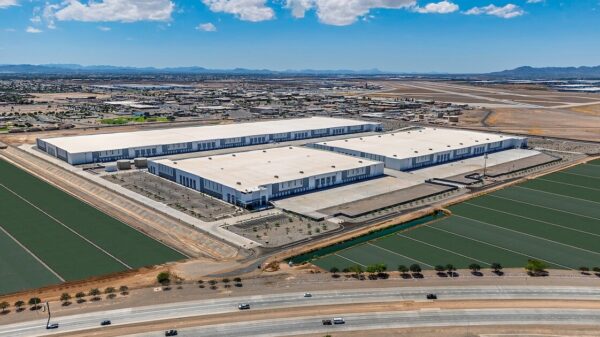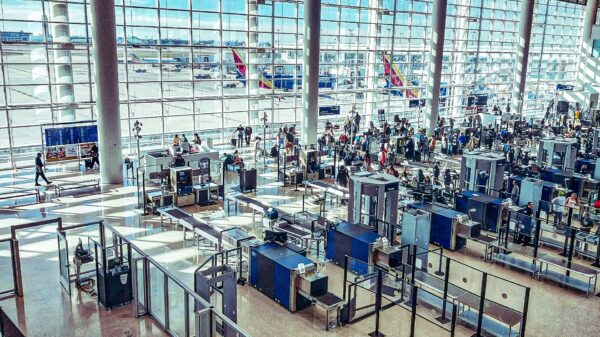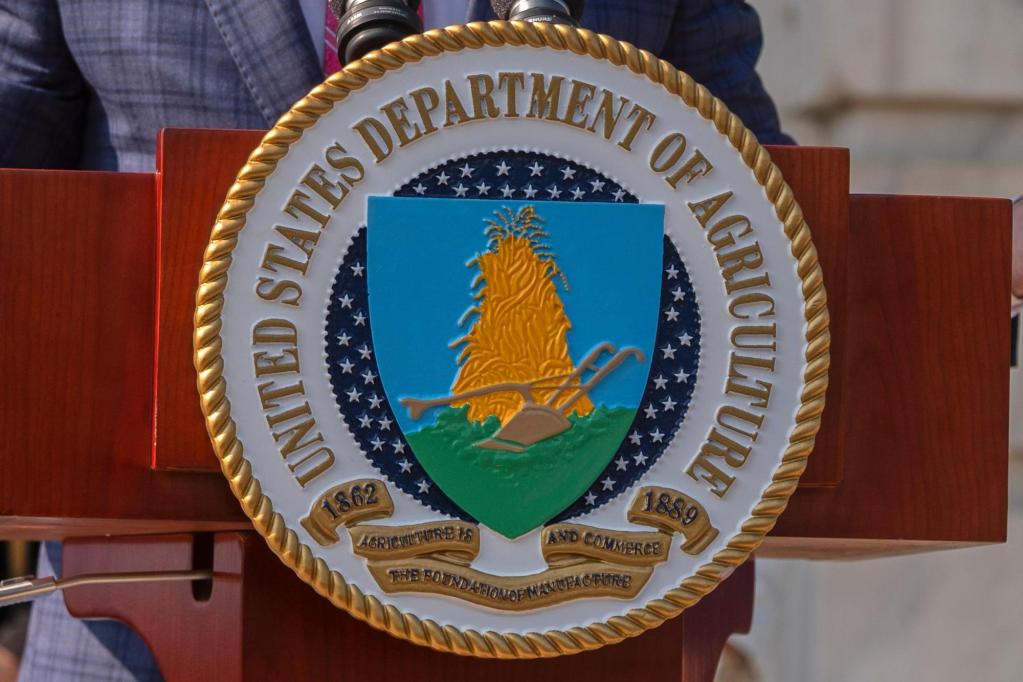UPDATE: The U.S. Department of Agriculture (USDA) has just announced a sweeping reorganization that will relocate around 2,600 employees from Washington, D.C., to five regional hubs, including Fort Collins, as part of a strategy to enhance efficiency and save costs. Agriculture Secretary Brooke Rollins confirmed this significant move, stating it aims to place staff closer to the farmers and ranchers they serve.
This urgent shift comes as the USDA attempts to streamline operations and cut unnecessary overhead, responding to directives from the Trump administration to create a more effective government. The relocation plan will unfold over the coming months, with additional hubs established in Raleigh, N.C., Kansas City, Mo., Indianapolis, and Salt Lake City.
The decision has sparked immediate backlash from the American Federation of Government Employees, which argues that this move could jeopardize vital connections to Congress. Union President Everett Kelley expressed concern, stating, “I’m concerned this reorganization is just the latest attempt to eliminate USDA workers and minimize their critical work.” With approximately 85% of federal employees already stationed outside the capital, the union emphasizes the importance of maintaining a presence in Washington to effectively advocate for agricultural policies that impact farmers nationwide.
The USDA’s reorganization is projected to save taxpayer dollars by reducing the workforce in expensive Washington facilities, which have been criticized for being underutilized. Rollins highlighted that the department’s workforce has grown by 8% over the past four years, with salaries rising by 14.5%. The agency plans to vacate three underused buildings in the D.C. area, addressing a staggering $1.3 billion in deferred maintenance costs.
Chad Hart, a professor of agricultural economics, acknowledged the potential benefits of placing employees closer to agricultural communities but cautioned against the loss of critical ties to legislative processes. “You want that balance to ensure effective farm policy,” Hart noted.
As this plan unfolds, stakeholders in the agricultural sector are left wondering about the implications for farm policy and support services. The USDA’s aim to realign resources and reduce costs could lead to significant changes in how services are delivered to farmers and ranchers across the nation.
The transition is expected to be closely monitored, with many in the agricultural community bracing for a potentially “bumpy” adjustment period reminiscent of earlier restructuring efforts. As the USDA embarks on this ambitious reorganization, the focus will remain on its impact on the essential services provided to the agricultural sector.
Stay tuned for further updates on this developing story as the USDA’s reorganization plan progresses.





































































